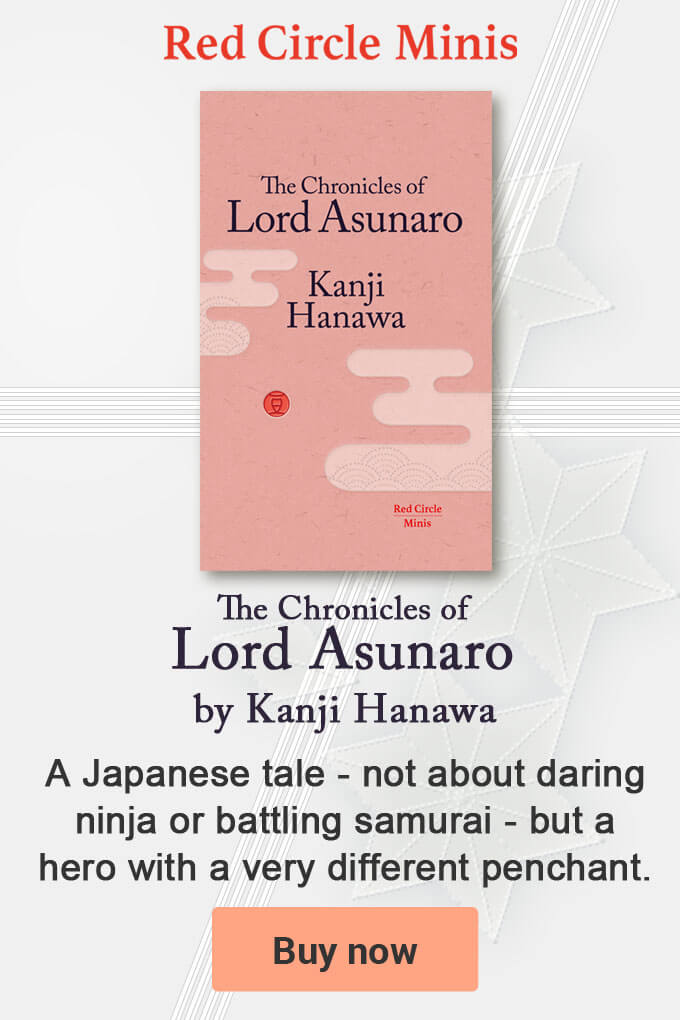- Poetry
‘The Life of an Amorous Man’ written by a 17th-century Japanese poet spawned the genre now known as ‘Floating World’ publishing[UPDATED: 1-16-2024]
Even though the term is thought to have been used for the first time after his death in 1710, the Japanese poet Ihawa Saikaku (1642-1693) and his work written in 1682, The Life of an Amorous Man, Koshoku ichidai otoko, are said to have spawned the Japanese publishing genre known as Ukiyo-Zoshi tales of the floating world.
This genre of popular Japanese fiction spans fiction written between the 1680s and 1770s during Japan’s peaceful but somewhat rigid Edo period (1603-1868) when the nation was run by Shoguns and mostly closed off from the rest of the world.
It was, however, a time when many Japanese cultural pursuits flourished including the nation’s commercial publishing – an industry that the Shogun-run administrations mostly encouraged. The genre flourished just as commercial publishing, which had initially started in Kyoto in the early 17th century, was gaining significant momentum.
The term was first used just for amorous erotic fiction but subsequently expanded to encompass a much broader range of works spanning the world of Japanese courtesans and life more generally in Edo Japan, including in its so-called pleasure quarters. It had fixed publishing formats and was known for its extreme realism and cynicism.
Saikaku, who was one of the most popular authors of the period, the son of an Osaka-based merchant was from a young age a prolific composer of renga, linked verse; an understanding of which alongside other forms of Japanese poetry and short-form writing are (some argue) essential for decoding Japan’s intellectual and cultural DNA. Tales of the floating world, either written by Saikaka or inspired by him, are now undeniably part of Japan’s cultural DNA.
Saikaku also wrote Five Women Who Loved Love, Koshoku gonin onna as well as The Life of an Amorous Women, Koshoku ichidai onna.
Another Saikaku work Twenty Cases of Unfilial Children, Honcho niju fuko, published in 1686, a parody of a famous Chinese Confucian text inspired Yukio Mishima (1925-1970) many years later to pen a series of essays titled Lessons in Immorality,Fudotoku Kyoiku Koza, in 1958.
In later life, Saikaku’s works became increasingly racy. He also wrote, for example, The Great Mirror of Male Love, Nanshoku okagami, published in 1687 a collection of homosexual stories, which are sometimes cited as an important milestone in Japan’s Lesbian Gay Bisexual and Transgender (LGBT) related publishing.
More than 300 years after the publication of The Life of an Amorous Man the Japan-born British author and future Nobel Prize in Literature winner Kazuo Ishiguru used the genre’s phrasing in translation in the title of his 1986 seminal novel An Artist of the Floating World.
And just like Saikaku’s works in Edo period Japan, Ishiguru’s novel set in post-war Japan captured the interests and imaginations of readers but in Ishiguru’s case in at least 40 countries during his lifetime, including Japan where An Artist of the Floating World has been published in Japanese translation.
Showing again that tales of floating worlds, no matter which age they are set in, can conjure up exceedingly compelling and enduring narratives.

